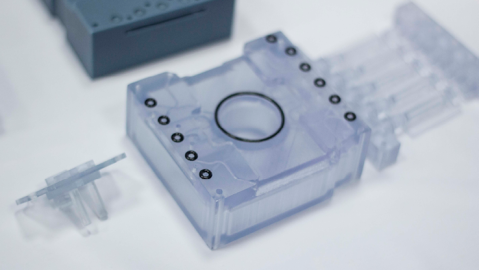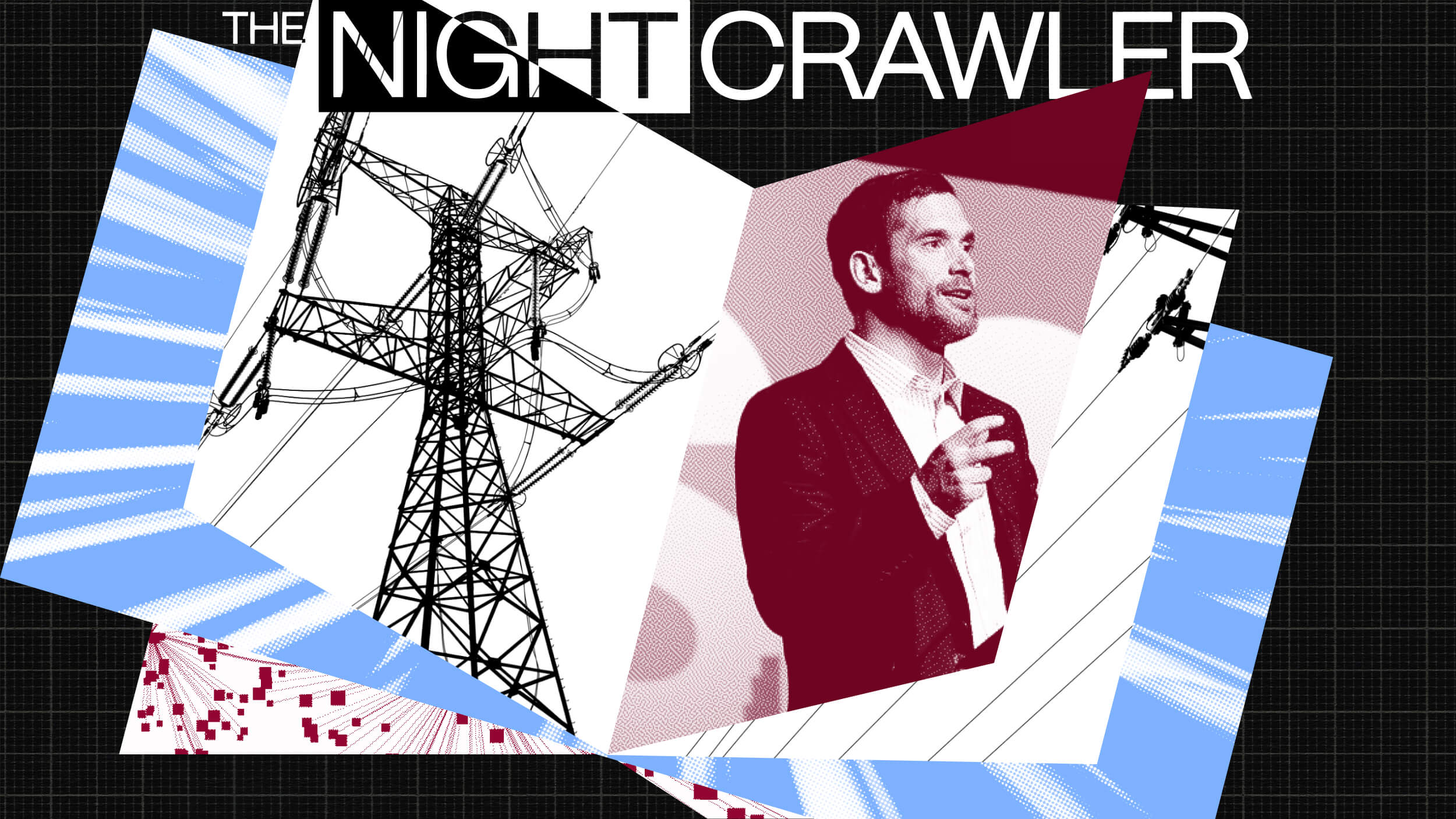Acing the SmallS.A.T.: Universities Driving Small Payloads in NewSpace

In recent years, investor interest has surged in small satellites (“SmallSats”), a subsector of the 1st Vertical. These spacecraft which weigh usually a few kilograms to no more than a few hundred kilograms are used for a wide range of applications: e.g. Earth observation, remote sensing to asset tracking, telecommunications, and flight testing hardware for use on future spacecraft. At the smaller size of the spectrum, one-kilogram CubeSats, named because the satellites are literally cubes 10 centimeters on a side, have found a niche amongst universities, becoming a less expensive means of giving students hands-on experience with space hardware and software.
Due to the popularity of SmallSats, industry and government agencies have come aboard the SmallSat bus. However this attention has shed light on a major obstacle: the challenge of getting those SmallSats to space in a responsive and cost-effective manner. The past has shown that SmallSat developers have had to settle as secondary payloads on larger rockets. However, the lack of small launch vehicles doesn’t mean NewSpace companies and universities are ignoring the SmallSat market. As NewSpace companies use the institutional payload business as a revenue driver, universities in return are offered cheaper access to space. This urge to capitalize on new revenue streams has opened up the 2nd screen, Market, of the NSG 4 Screens. Universities and NewSpace companies are working more closely than ever on the challenges of today’s world.
One such NewSpace leader is NSG 100SpaceX. SET has planned its first flight of an upgraded Falcon-9 (v1.1) for late September from Vandenberg Air Force Base in California. The rocket is slated to carry CASSIOPE, a Canadian small satellite and several SmallSat secondary payloads:
-The 50 kg Drag and Atmospheric Neutral Density Explorer (DANDE) which is built by the Colorado Space Grant Consortium in partnership with the University of Colorado at Boulder, Air Force Space Command and the National Oceanic and Atmospheric Administration. DANDE will be used to measure winds, drag and densities of the upper atmosphere.
-Two nanosatellites dubbed CUSat-1 and CUSat-2 built by Cornell University to test autonomous on orbit inspections. Professor Mason Peck, NASA’s Chief Technologist is the principal investigator for the CUSats. (Please see “Letter from the Editor” in this issue of Thruster.) Peck was also a senior scientist on the Sprite team (microchip sized spacecraft) along with Zac Manchester who developed the Sprite “Chipsats.” (Please see “Future Stars” in the October 2012 issue of Thruster.)
-Three Polar Orbiting Passive Atmospheric Calibration Sphere (POPACS) CubeSats developed by Morehead State University, University of Arkansas, Montana State University, Drexel University and Planetary Systems Corp. These CubeSats will be used to assess changes in the density of the upper atmosphere.
-One 0.5kg imaging, photo processing and analysis CubeSat built by Stanford University.
The recent 27th Annual Small Satellite Conference in Utah included several NSG tracked exhibitors such as DSSP, AAC Microtec, Andrews Space, Blue Canyon Technologies, Clyde Space and Pumpkin, which develops a CubeSat kit that allows universities to buy all of the components of a satellite, assemble, integrate and then manifest them for launch.
At the conference NASA announced 13 out of 100 university teams to collaborate on SmallSat projects to develop and demonstrate communication, navigation, propulsion, science instruments, and advanced manufacturing for small spacecraft. Each university would be funded up to $100,000 per year and the projects are anticipated to last two years. The outcome of these projects may lead to the development of miniature radio and navigation devices, efficient laser communications and even radiation tolerant hardware. Also NASA plans to continue this collaborative effort with universities every two years assuring the need for educational partnership. One such participant is Professor Glenn Lightsey of the University of Texas. Lightsey, who is also CEO of Austin Satellite Design, is working on a project called CubeSat Autonomous Rendezvous and Docking Software, which will be able to autonomously maneuver a CubeSat’s orientation relative to another vehicle in proximity. (Please see “Letter from the Editor” in this issue of Thruster.)
These collaborations support the local, regional and national companies that rely on the universities by commercializing the university’s technology and providing a cooperative learning experience for students. With this synergy, universities will benefit from the broad experience NewSpace companies have to offer, and NewSpace Companies will benefit from new ideas and cost conscious innovation from universities.
by Jigar Patel






